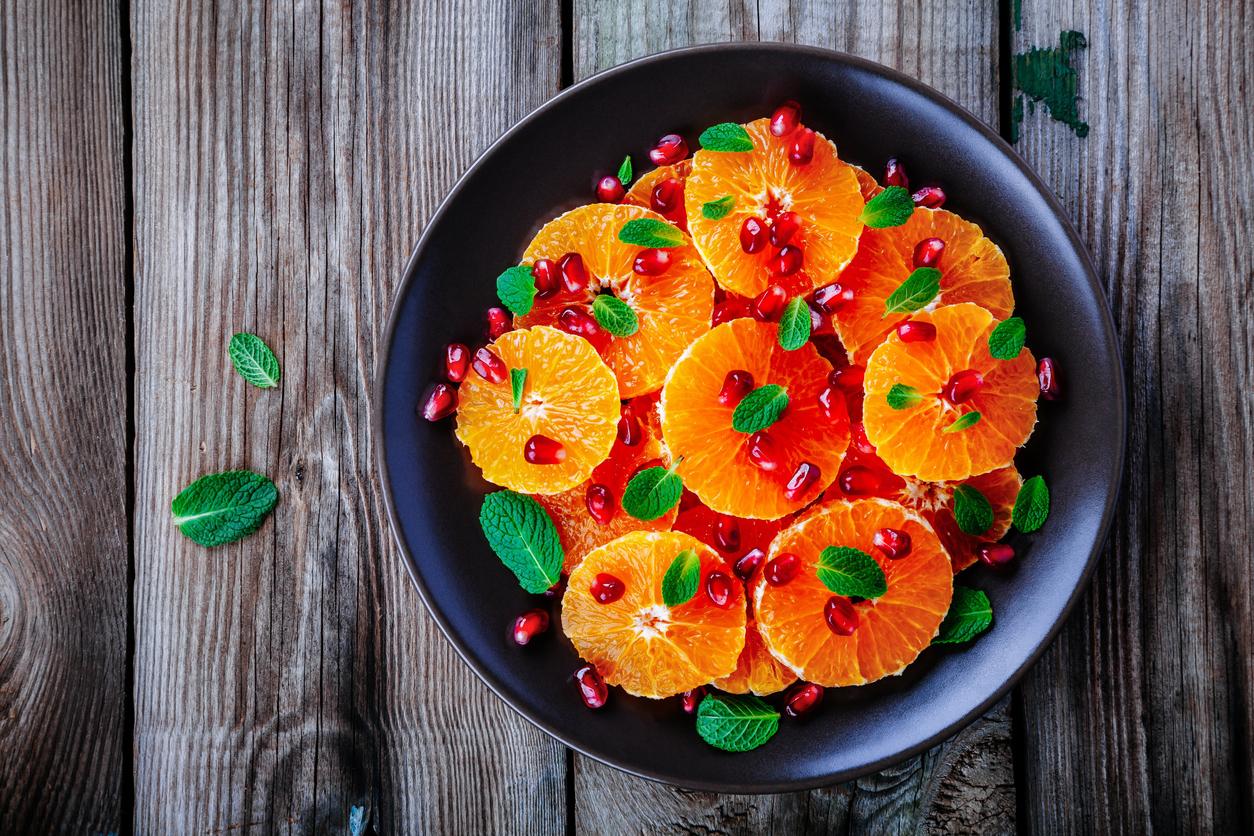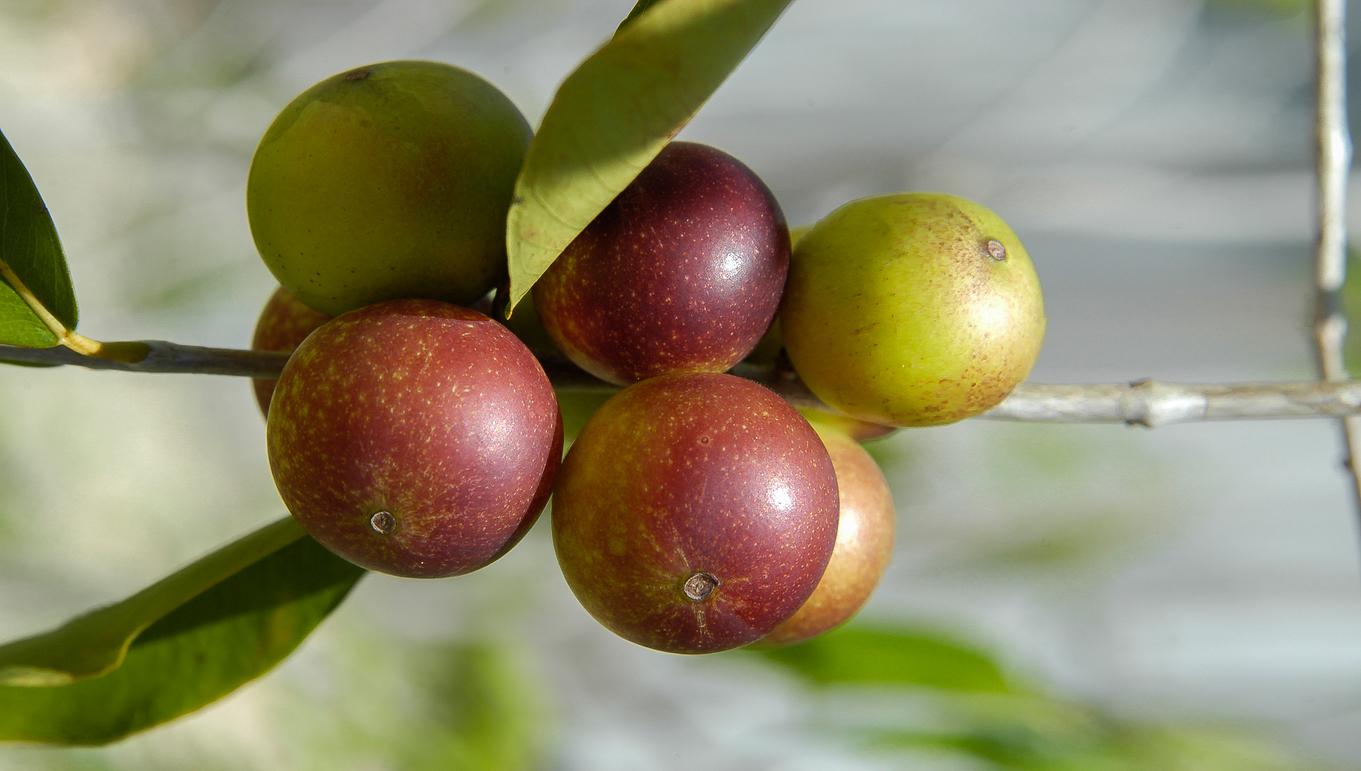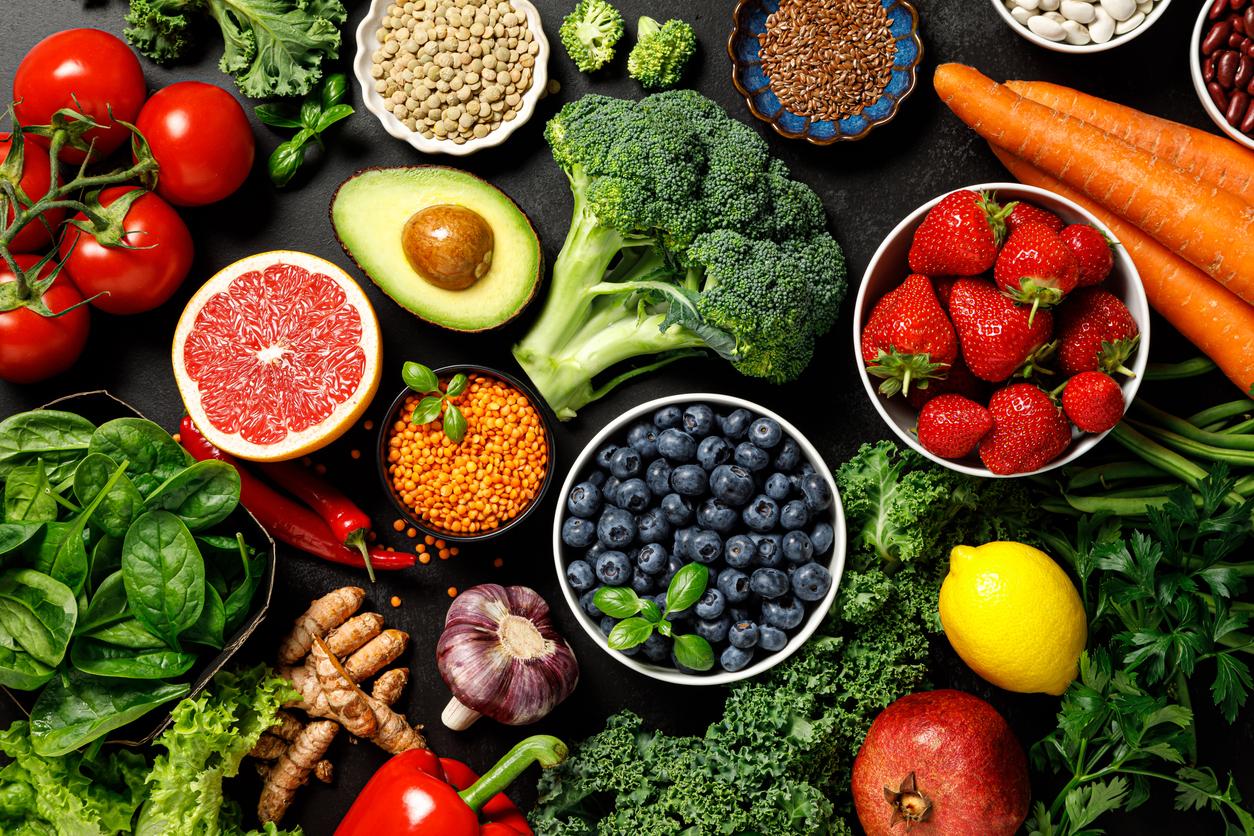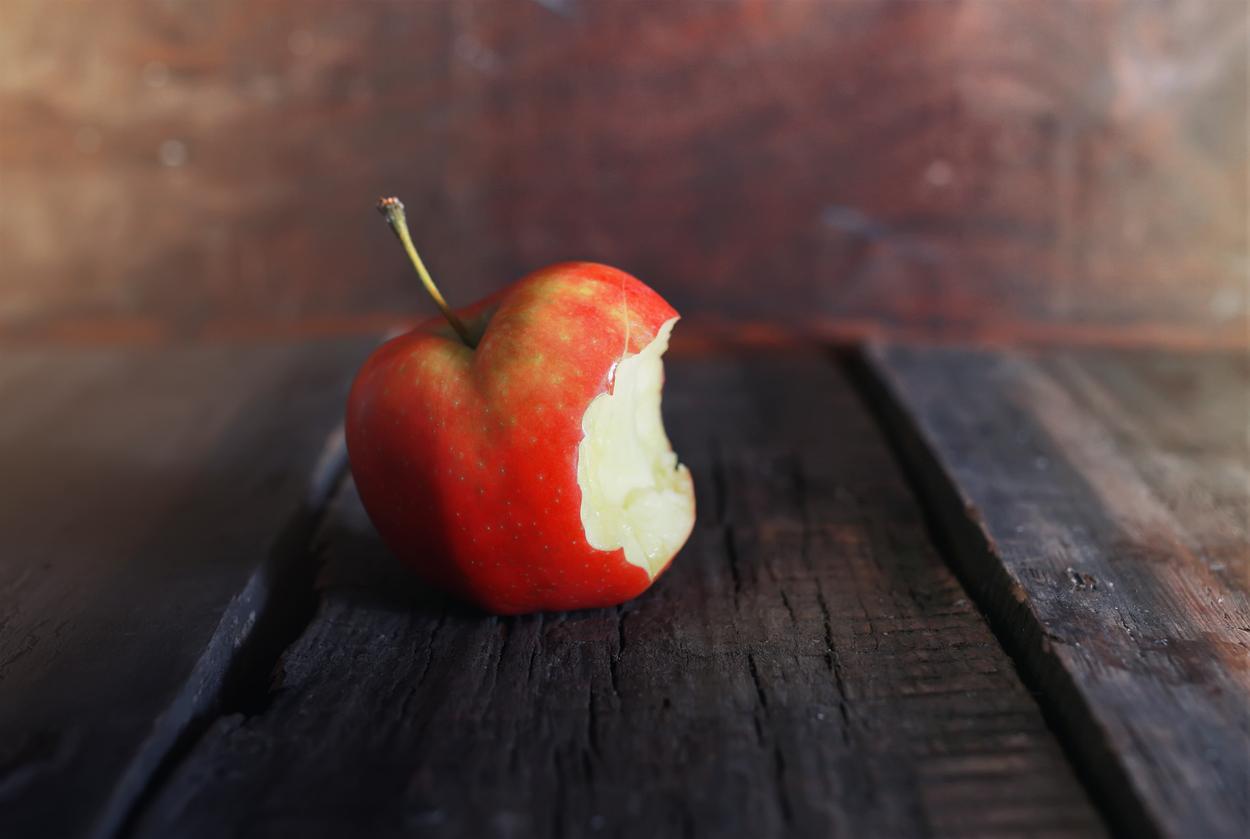
The difference between hand and stewed pears
In the list of most popular fruits in the Netherlands, the pear occupies seventh place. What should you pay attention to when you buy them and how do you store and prepare pears?
Pears are related to apples. Both are so-called pome fruit. These are fruits with seeds wrapped in a small membrane in a core. They contain potassium, vitamin C and a lot of dietary fiber, especially in the peel.
There are two categories of pears: hand pears and stew pears. Ripe pears can be eaten raw, but stewed pears remain hard and must first be heated.
Buy and keep
Buy pears that look cool, have no brown spots and feel firm. When pears are still hard, you can let them ripen in the fruit bowl. Place them near a banana to speed up this process. If the flesh near the stem gives a little when you press it gently, then they are ripe.
Hand pears will keep for about a week in a cool place, longer in the fridge. You can keep stewed pears in a cool place for a few weeks.
Hand pears are for sale all year round, both from the Netherlands and abroad. Autumn and winter are the seasons for stewed pears.
Preparation
Hand pears are easy to eat out of hand. Wash them well beforehand. Some people prefer to peel them, but you lose some of the dietary fiber in doing so. Pear can be used in both sweet and savory baked goods and dishes, such as salads, pastries and desserts.
Stewed pears are not edible raw, you have to cook them first. Peel them, leave the stem on and cook them over low heat in water for 40 to 50 minutes. Make sure they stay submerged. You need more patience for red stewed pears. Some varieties, such as the Gieser Wildeman, turn red after two to four hours of cooking. You can also cook stewed pears in red wine, port or berry juice for a nice tan. Or add some pear red or pear sugar during cooking.
Recipes
- Chinese cabbage salad with pear
- Stewed pears with custard sauce
- Stuffed pear
- Pear poached in port
- Pear with mascarpone cream
Sources):















